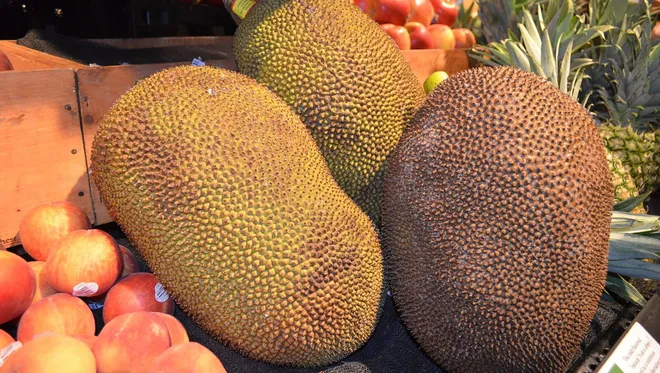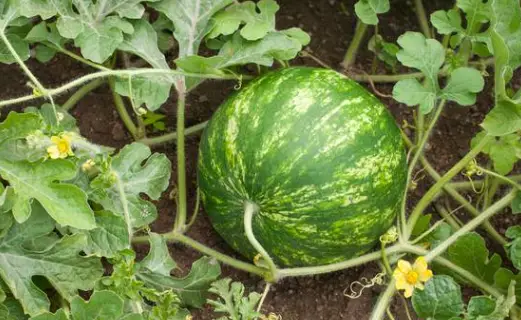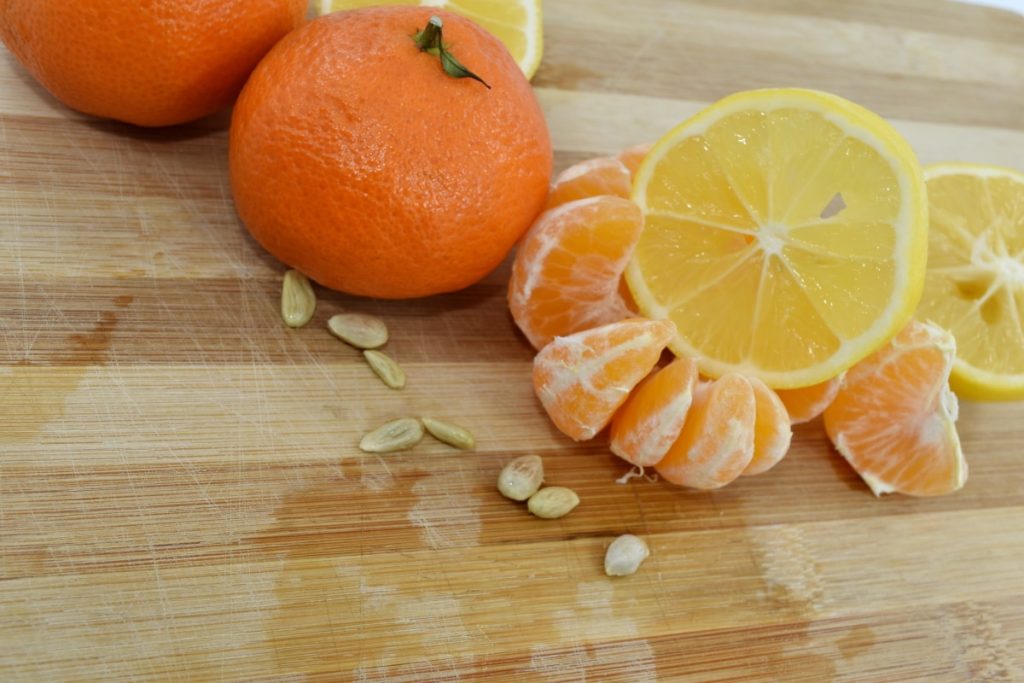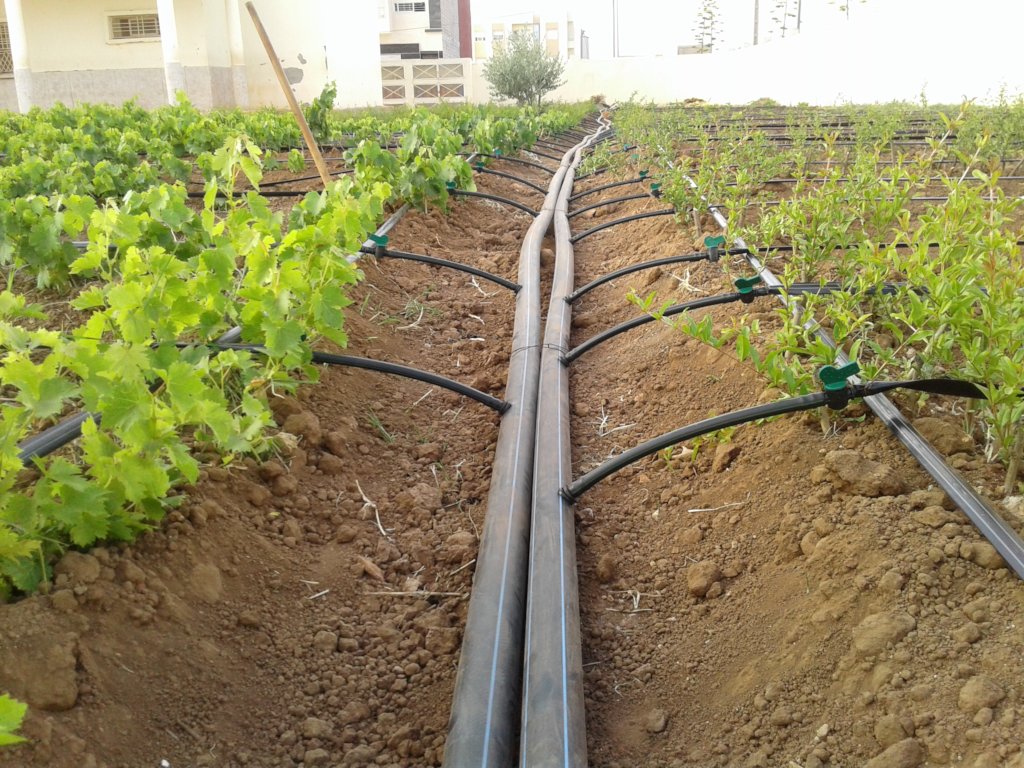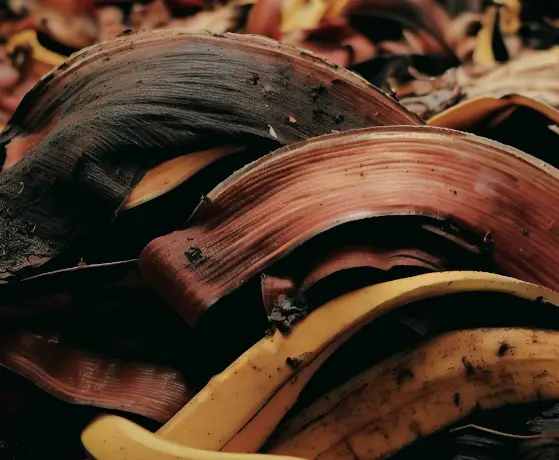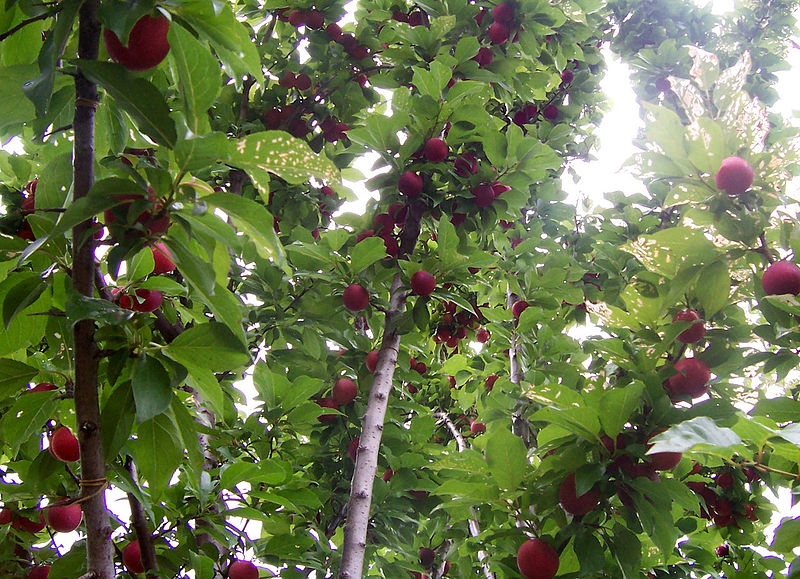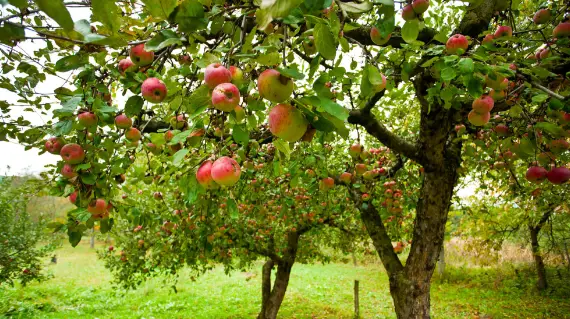Chokecherry trees aren’t as well-known as other fruit trees, but they give you tasty and healthy berries! You might think starting chokecherries from seed is tough, but it’s really quite simple when you follow a few steps.
If you love gardening and want to try something new, why not grow some chokecherry trees? We’re here to help—from getting the seeds from the fruit to plant them, looking after the trees, to picking the cherries right from your own tree. Follow along and find out how easy it is to enjoy these special berries.
Table of Contents
- Start Your Chokecherry Tree Journey
- Step 1 – Get the Seeds From Ripe Chokecherry Fruit
- Step 2 – Rinse and Dry the Seeds
- Step 3 – Cool the Seeds for 4-6 Weeks (Stratification)
- Step 4 – Plant the Seeds in Good Soil
- Step 5 – Give the Seedlings Sunlight
- Step 6 – Support the Plants as They Grow
- Step 7 – Move Seedlings into Bigger Pots or Your Garden
- Step 8 – Keep Taking Care of Your Tree
- Step 9 – Wait Patiently for Fruits
- Step 10 – Pick the Chokecherries When They’re Ready
- How to Grow Chokecherries
- Picking and Keeping Chokecherries
- Common Questions
- How fast do chokecherry trees grow?
- How long does it take for a chokecherry tree to produce fruit?
- What is the lifespan of a chokecherry tree?
- What’s the difference between chokecherry and chokeberry?
- Can you eat cherries from a chokecherry tree?
- Are there male and female chokecherry trees?
- Are chokecherries self-fertile?
Start Your Chokecherry Tree Journey
Step 1 – Get the Seeds From Ripe Chokecherry Fruit
Begin by picking seeds from ripe chokecherries, which are little, tart berries found in bunches across North America.
Wait for the berries to turn a deep red or black, which means they’re ripe. Take the fruit off the stems and mash it gently to separate the seeds from the juicy part. Save as many seeds as you plan to plant and keep them in a spot that’s cool and dry.
Once your seeds are ready, plant them outside when there’s no more risk of frost. Plant them a couple of inches deep in the soil and keep the soil damp—don’t soak it. It will take between one and three weeks for the seeds to start to grow.
Step 2 – Rinse and Dry the Seeds
After collecting the seeds, your next step is to clean and let them dry. First, wash the seeds well to get rid of any leftover bits of fruit. Then spread them out on a paper towel and leave them to dry in the air.
This part might take a few days, based on the weather and humidity where you are. Once they’re all dry, put the seeds in a container that’s airtight and store them in a spot that’s cool and dry until you’re ready to plant.
Step 3 – Cool the Seeds for 4-6 Weeks (Stratification)
Stratification is a way to get seeds ready for planting by giving them cool, damp conditions like winter to help them begin to grow.
To do this to chokecherry seeds, wrap them in a moist paper towel, then the towel in plastic wrap. Put this into a plastic bag and store it in the fridge for 4-6 weeks. This helps the seeds break out of their hard outer shell and get ready to sprout.
After being cooled like this, plant the seeds in soil that’s a bit wet and keep it warm to help them grow. If you’re not planting them just yet, keep the seeds in something damp like sand, sawdust, or peat moss until it’s time to plant.
Step 4 – Plant the Seeds in Good Soil
Once the seeds have been through stratification, you’re ready to plant them. Get a tray or pots ready with soil that drains well, and push the seeds into the soil with some space between them so they aren’t too crowded.
Cover the seeds lightly with soil and water the soil well. Keep the soil nice and moist but make sure it’s not too wet to help the seeds grow strong.
Step 5 – Give the Seedlings Sunlight
When your seeds have sprouted into little plants, they need to be in the sun. Lots of sunlight helps them grow big and healthy.
Pick a place in your yard or a sunny window that gets at least six hours of direct sunlight each day. If they’re inside, make sure to turn the pots often so all sides of the plant get light.
Step 6 – Support the Plants as They Grow
As your chokecherry seedlings get bigger, help them stay up straight. You can do this with sticks or a tomato cage to give them support and protect them from wind or other harsh weather.
Step 7 – Move Seedlings into Bigger Pots or Your Garden
When the seedlings are a good size, it’s time to move them into bigger pots or out into your garden. Make sure the spot you choose has soil that drains well and gets plenty of sun.
Give the plants a good drink of water after moving them, and keep looking after them with regular watering, feeding them plant food, and making sure there are no bugs bothering them. Do this, and your chokecherry tree will grow well.
Step 8 – Keep Taking Care of Your Tree
Chokecherry trees need you to look after them regularly. Give them water, food, pest control, and trim them to stay healthy.
Keep the ground around them damp but not soaked, and feed them plant food once a month. Keep an eye out for pests and if you find any, deal with them quickly. Trimming the tree will help it grow well and keep it the size and shape you want. If you take good care of your chokecherry trees, they will be lovely in your garden.
Step 9 – Wait Patiently for Fruits
Usually, it takes about 3-5 years for chokecherry plants to fully grow and start making berries. The time it takes might change depending on the weather and how well you look after them. But with the right care and enough sunlight, your chokecherry tree should start giving you fruit in a few years.
Step 10 – Pick the Chokecherries When They’re Ready
When the chokecherries are ripe and have turned deep red or black, it’s time to pick them. Carefully take the berries off the branches without hurting the plants. Then you can eat the chokecherries fresh, or you can cook and preserve them. Enjoy them in a lot of different ways, like in jams, syrups, pies, and
Chokecherries can be kept in the fridge for a short time. For keeping them longer, you can freeze or dry them.
How to Grow Chokecherries
If you want to grow chokecherries well, you need to plan carefully and look after them. Here’s some advice to help your chokecherry plants do well:
- Pick a sunny spot with good soil: Chokecherries do best in places with lots of sunlight and soil that lets water drain easily.
- Water them the right amount: Giving chokecherries water regularly is good, but too much can hurt their roots.
- Feed them every month: Using a balanced plant food each month can give your chokecherries the nutrition they need to grow well.
- Cut back the branches: Cutting the plants can help them grow healthier and lets you control their shape and size.
- Look out for bugs: Always check your plants for bugs and deal with any problems right away.
- Make sure they have room to breathe: Space your plants out so air can move around them. This helps prevent diseases and encourages strong growth.
- Move seedlings when they’re ready: After several weeks, when your little plants have grown bigger, it’s time to move them to their own space.
- Pick the fruit when it’s dark: When chokecherries turn a deep red or black, they’re ready to be picked.
- Keep seeds dry and cool: Store your seeds in a place that’s not too warm and stays dry to keep them good for later.
- Be patient with your plants: It might take a few years for your chokecherry plants to fully grow and start making fruit. So be ready to wait and take care of them for a long time.
Picking and Keeping Chokecherries
When to Pick Chokecherries:
- Harvest when they’re dark: You should pick chokecherries when they change to a deep red or black color.
- Pick them gently: Take the berries from the trees carefully without hurting the branches.
How to Keep Chokecherries:
- Eat them soon: You can keep chokecherries in your fridge for a little while if you want to eat them quickly.
- Save them for later: If you want to keep chokecherries for a longer time, you can freeze them, can them, or make jams and jellies.
- Or dry them: Drying the berries is another way to store them, but they might not taste as good or keep their color.
Handle chokecherries with care because they can bruise easily. If you store and preserve them the right way, they’ll stay fresh and tasty for a longer time.
Common Questions
How fast do chokecherry trees grow?
Chokecherry trees can grow pretty fast. With the right care, they can reach up to 25 feet in about 10 years. How quickly they grow can change based on the soil, the amount of light, water, and the weather.
How long does it take for a chokecherry tree to produce fruit?
It can take a while for chokecherry trees to be ready to make fruit. They usually start when they’re 3 to 5 years old, but the timing can depend on things like soil and weather.
What is the lifespan of a chokecherry tree?
Chokecherry trees can live for different amounts of time, but they usually last between 20 to 40 years.
What’s the difference between chokecherry and chokeberry?
Chokecherry and chokeberry are different kinds of plants. Chokecherries are a type of cherry used for making yummy things like jelly, while chokeberries are known for being really healthy and are used in things like supplements and juices.
Can you eat cherries from a chokecherry tree?
Yes, you can eat the berries from chokecherry trees. They can be eaten right away or used in recipes. They’re usually a bit tart, so people often add sugar to them.
Are there male and female chokecherry trees?
Chokecherry trees aren’t really called male or female. They can make fruit on their own without needing another tree.
Are chokecherries self-fertile?
Yes, chokecherries can make fruit all by themselves. But if they’re near another chokecherry tree, they might make more and better fruit.
